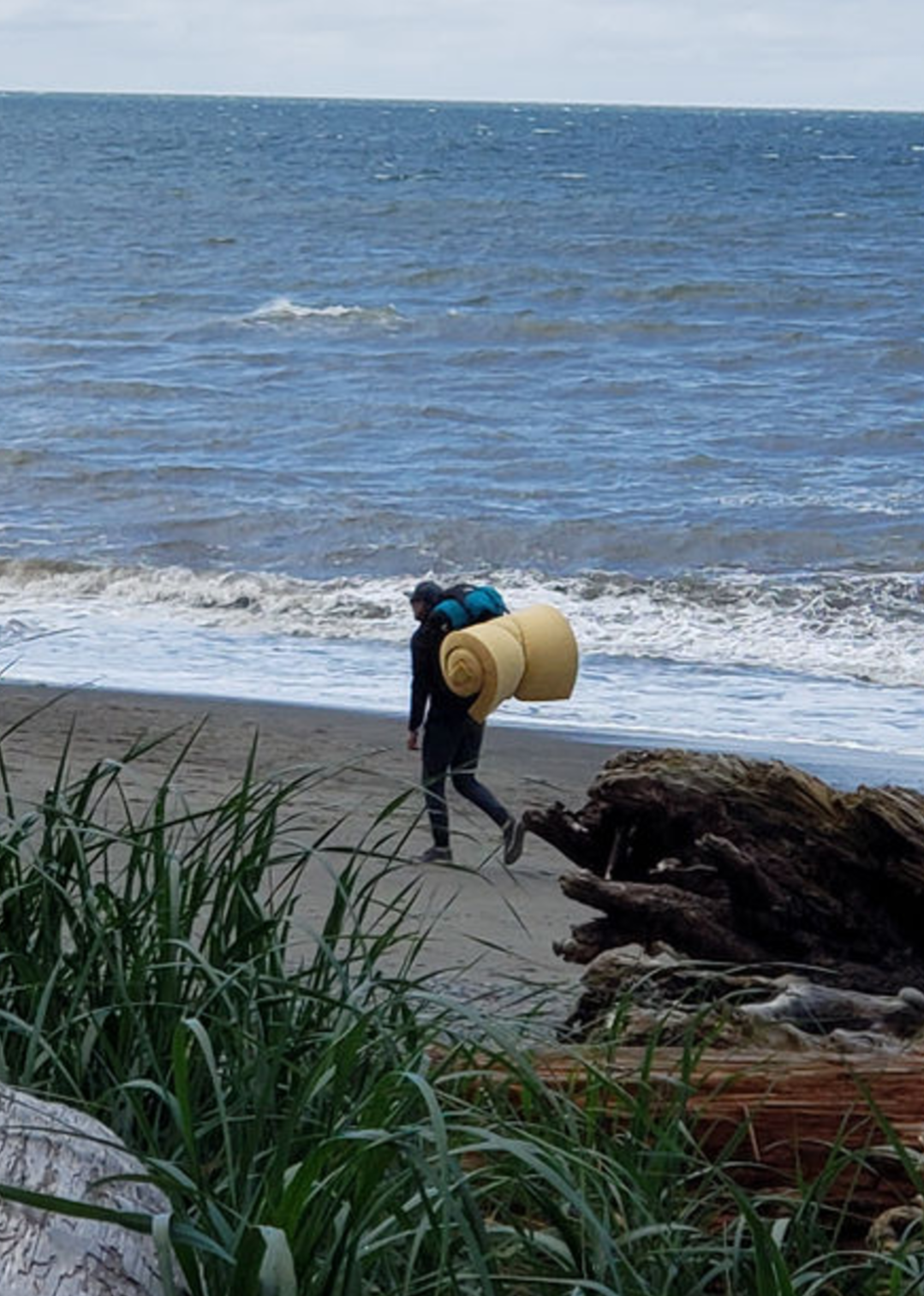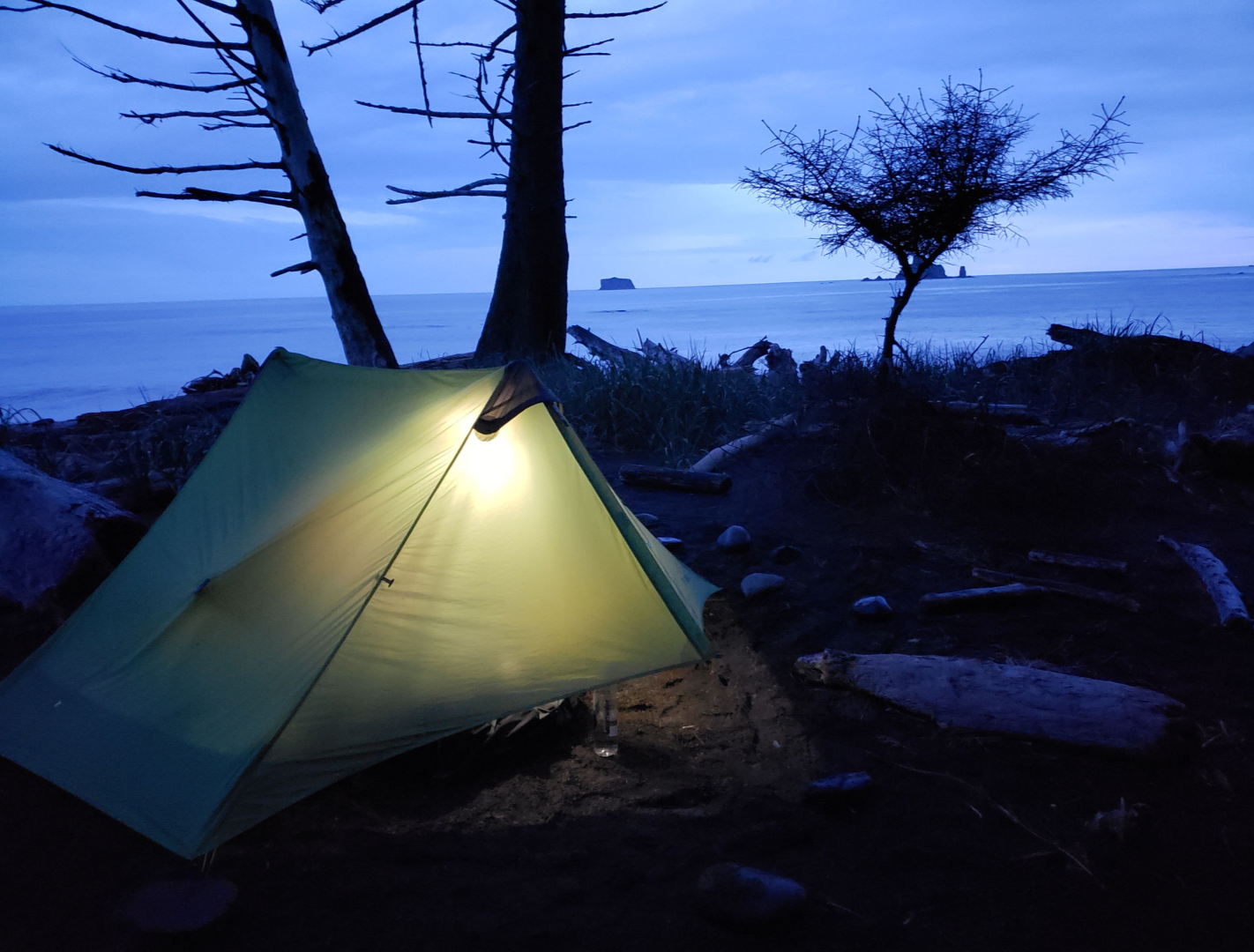And it's almost 2 years old.
Did 4chan return from the hack?
Huh, never noticed the duration down there. I was too busy waiting for the progress bar to load.
I think you mean, Em Spaint.
Until the keys change. And you spend forever wondering why it updates every day only to realize it was the same update over and over and over, and the only way they announce they broke things is a GitHub issue.
I love Bazzite, daily it on my gaming PC. But imutable distros do have challenges, and installing non-standard software is defintlately one of them.
Publishing this on PeerTube is also a problem. I mentioned this in another post, but to expand, I really, really, want to like PeerTube. But:
- Many running servers don't fully grasp the bandwidth requirements. The video I tried to watch in that post got "popular" (800 views) and it took 2 minutes to even get the progress bar to load. People will leave.
- The federated nature is even more disjointed than Lemmy. It feels like a bunch of different sites still, which makes it feel like less content.
IMO PeerTube could be great, but it has a lot of shortcomings that aren't solved by adding features and fixing bugs.
Typey type, typity type type.
I really want to like Peertube. It's just really hard with the diverse hosting bandwidth requirements. 2 minutes in and I still dont know how long this video is, much less it's content.
Someone's been reading comments on the zapped back in time post.
Thats fair, but simly using FOSS software doesn't support the cause of the developers/creators. I mean, look at Lemmy.



I hate this thing. Love our local market, but they use these and it's so annoying to have soggy everything.